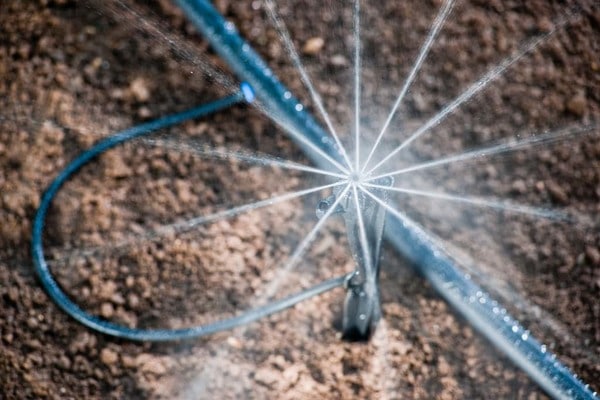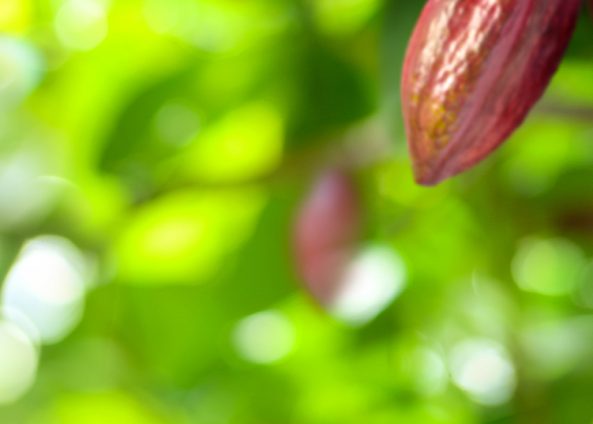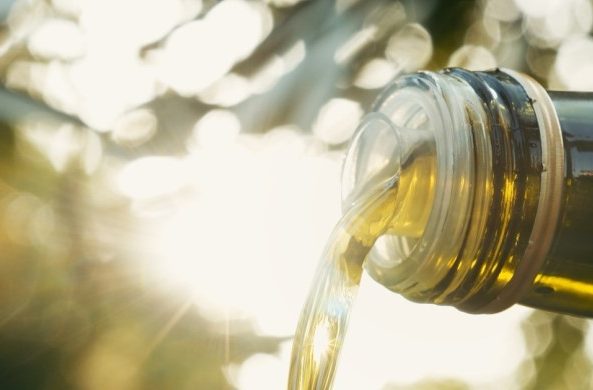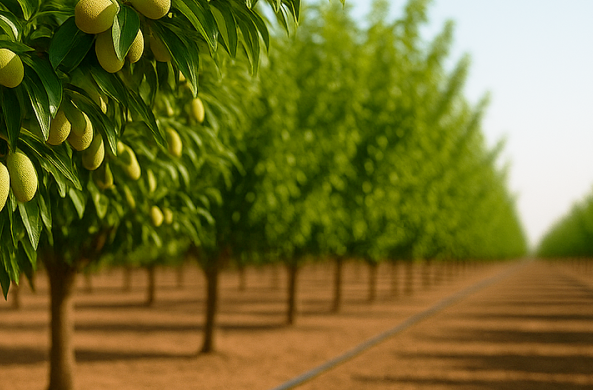
Sprinklers or Jets (sprays) – What to choose?
By Matt Clift
A frequent question we receive is, ‘should I use a micro-sprinkler or a jet’?
To answer this question, let’s start by first identifying what the difference is between a micro-sprinkler and a jet.
Micro-Sprinklers
- Emits one continuous stream that is distributed by a spinner
- The spinner rotates at 3000< rpm
- Delivers a higher CV than jets
- Can distribute water to a larger diameter than jets
- Common models: Rivulis S2000 and Rivulis Rondo/RFR
Jets
- Emits multiple continuous streams from a nozzle
- Does not have any moving parts for the distribution of water. Note: They may have moving parts for other features such as anti-insect protection
- Lower CV than micro-sprinklers
- Generally, have a smaller wetting diameter than micro-sprinklers, and are more impacted by wind
- Also called “Sprays” and “Sprayers” in some regions
- Common models: Rivulis Tornado Ray Jet and Rivulis JFR
Therefore, micro-sprinklers are the clear winner, right?
Reading the above, you may conclude that micro-sprinklers deliver better product performance. This is true from a CV evaluation especially, but there are some other factors you should consider when evaluating what is right for you.
- Jets have no moving parts which provides greater reliability and less parts to wear out
- To deliver multiple streams from the nozzle, the orifice of jets is larger which in turn improves resistance to clogging
- And of course – cost! Jets generally cost less than micro-sprinklers
So, what do you choose?
The most important decision factor is the crop you need to irrigate.
Without a doubt, if you are growing vegetables, you should choose a micro-sprinkler. For vegetables, you need excellent uniformity so that each individual plant receives the same application of water. Micro-sprinklers deliver the best uniformity (CV). Add some wind into the mix, and the importance becomes even greater.
If you are growing an orchard, you have more choice. Trees have a large root system and therefore the CV of the individual sprinkler/jets wetting pattern is less important. What matters is the uniformity over the entire field. Therefore, generally a jet will be sufficient for an orchard from a CV perspective. In addition, you get greater reliability. E.g. a leaf falling on a micro-sprinkler can stop operation if it jams the spinner. This risk is eliminated with jets.
Are there other considerations?
Yes. There are a number of other considerations including:
- Flow rate: The maximum jet flow rate is 102 l/h. Micro-sprinkler flow rates can reach 300 l/h.
- Wetting diameter: Jets give you the option of 180°, 300° and 360° wetting patterns. Sprinklers do not offer this flexibility, although the Rivulis S2000 Micro sprinkler does provide a trunk protector deflector option.
- Do you need anti-insect, pressure compensation, or to hang inverted? These features are available in both micro-sprinklers and jets (Availability depends upon the model).
As you can see, there are many questions to ask when considering whether to use a micro-sprinkler or a jet. Fortunately, Rivulis has one of the widest product ranges of jets and micro-sprinklers, so you can find a solution for your specific open-field vegetable, under tree orchard and greenhouse irrigation application.
To get started we recommend you try our product finder at: https://rivulisdev.co.il/category_product/products/sprinklers-jets/
In addition, your local Rivulis representative or dealer can assist you in choosing the best micro-sprinkler / jet option for your application.





